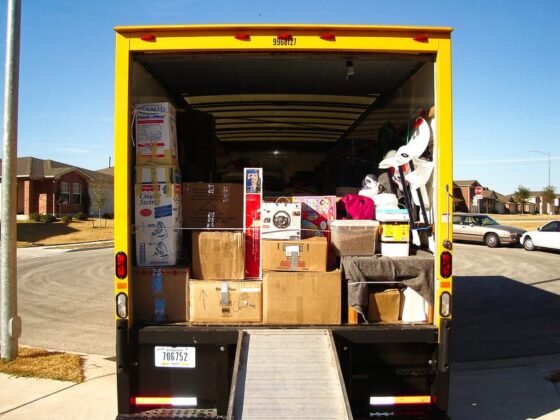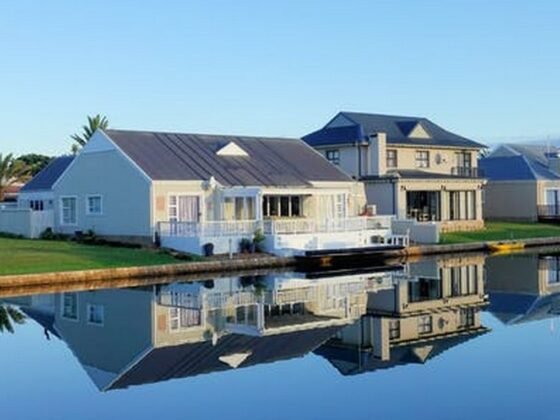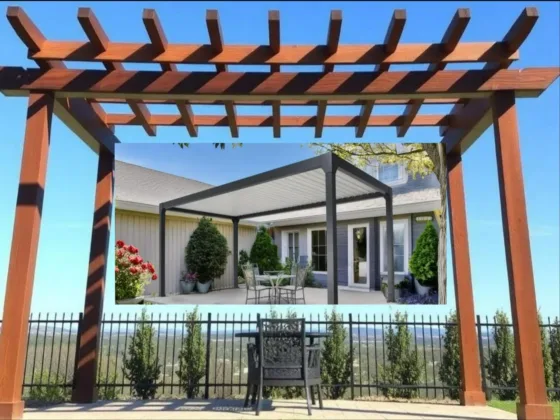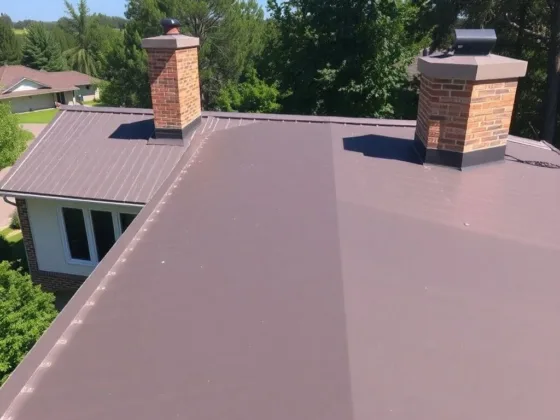Table of Contents Show
If you want your apartment walls to look beautiful and at the same time reflect your affinity towards literary works then you can design some of the best apartment bookcase walls.
However, you will have to know the design standards as well as the sag limit to make sure that the shelves and bookcases serve your purpose.

Design Standards and Sag Limits of Bookcase Walls
The shelf dimension should be ideal for your books that should typically be in accordance with the object size and much more. It must suit your needs as well as your lifestyle.
However, you must follow the few basic design guidelines so that you make your bookcase walls fully functional and good looking.
Read Also:
Size and Space
You must have a precise and immaculate plan for the shelves and bookcases because all books are not of the same size and shape. A proper design plan will not only make the bookcase attractive but will also provide stability, strength and proper spacing of shelves.
In between the books, if you want to put any entertainment equipment in the same unit, you will need to make the shelves much deeper. Ideally, most systems are 18 to 20 inches deep and therefore you should customize the spacing between the shelves so that it fits in your stereo, speakers, and other accessories.
In this regard, you will have to build modular compartments in which the deeper unit will hold the larger audio and visual equipment and the relatively smaller side or top units will provide storage for the books.
The No-Sag Limit
Since apartment bookcase walls are usually bigger as compared to any standard bookcase, you will need to be very conscious and cautious about the sag limits. There are a few things that you should know about the sag limits of shelving material. These are:
- Sag limit is actually the span limit of the material used for shelving to which the unsupported shelf can hold any stuff without sagging or breaking.
- The sag limits of different types of wood are different.
- The sag limit of solid hardwood boards of ¾ inch thickness will have a greater sag limit and span distance as compared to any other particleboard of the similar thickness.
According to the calculations of an architect, books usually exert an average load of 25 pounds per cubic foot. Accordingly, you will need to calculate the sag limit for each shelf depending on its width. According to the sag calculator:
- Solid hardwood has the best rating
- Birch, oak, and maple are the stiffest
- Ash, cherry, and walnut are less stiff.
However, you can increase the stiffness of your bookshelves in different ways such as:
- Sinking screws into it
- Attaching a cleat or molding to its front
- Adding aprons or extra pieces or by
- Adding a railing.
However, the entire design of your bookcase wall will largely depend on what type of items apart from your books you want to put on them. Remember, books do not only vary greatly in size and shape but will have varied weight as well.









